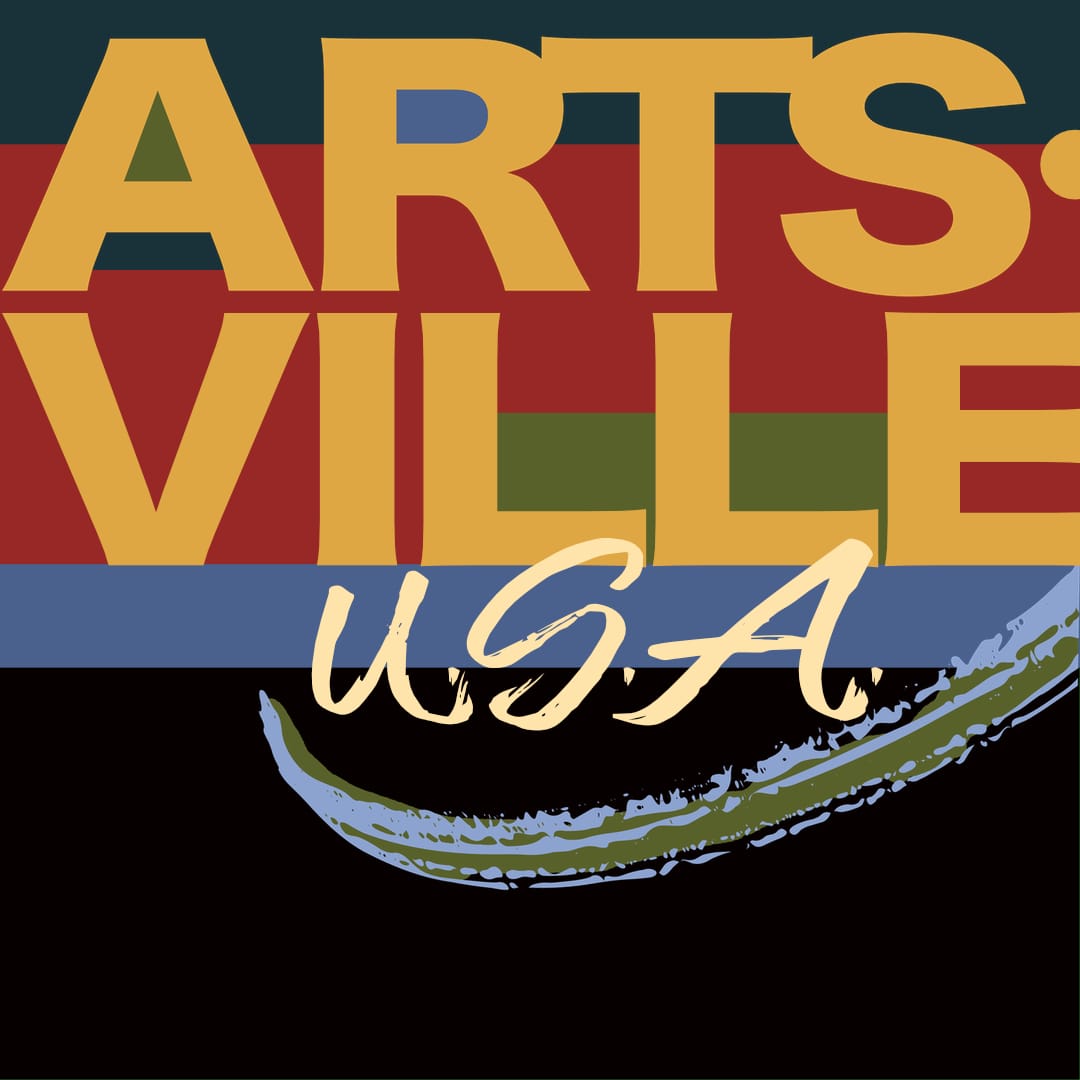From Concept to Collection: How Jim McDowell’s New Face Jug Made It to The Nasher Museum Collection [Part II]
Welcome to part two of the three-part series following the path of a finished work to a museum collection. Jim McDowell's 'Red Tails' face jug will soon be a part of the collection at the Nasher Museum of Art.
![From Concept to Collection: How Jim McDowell’s New Face Jug Made It to The Nasher Museum Collection [Part II]](https://d37oebn0w9ir6a.cloudfront.net/account_33748/part-ii-of-iii_f937dbdccc5c2a67f191f35d7223a887.jpg)
Welcome to part two of the three-part series From Concept to Collection: How Jim McDowell’s New Face Jug Made It to the Nasher Museum Collection. If you missed part one with Susan Hershfield, art collector and donor, where she provided background on how she connected Jim with the Nasher Museum, check it out here. Today, we’re introducing Marshall Price, the chief curator at the Nasher Museum of Art at Duke University. In this interview with Marshall, he shares insight into the process of adding one of Jim McDowell’s (aka the Black Potter’s) face jugs to the collection at the Nasher Museum.


Artsville In Conversation with Marshall Price
[Artsville]: How does a museum curator determine that an artist would be an asset in their collections?
[Marshall Price]: It depends on the institution and the curator. For me, context is key. My colleagues and I look for works that not only have aesthetic merit, but also any connections they might have with works already in our collection. Is there synergy between the proposed acquisition and what we’ve already got? Does the work amplify or expand existing narratives or reveal new or untold ones? Because I work at a university art museum, where teaching occurs on a daily basis, my colleagues and I think very carefully about the pedagogical content of works that we acquire. Every work tells a story (or stories), so a lot of the process includes determining how creatively a work visually articulates those stories, how engaging it is visually, and how compelling it is thematically and conceptually.
[A]: What processes are followed by the collector and curator in partnership to make this donation possible?
[MP]: In the case of our proposed acquisition of Jim McDowell’s “Red Tails,” Susan and Michael Hershfield introduced me to the artist’s work. The Hershfields have been great supporters of the Nasher Museum and have a long history of gifting works. Because of this, they know the types of works and artists that we are keen on acquiring for the collection. Susan and Michael were so enthusiastic about Jim’s work and predicted (accurately) that it would resonate with our curatorial team. As a result, they generously offered to support an acquisition. First, the artist was supported; second, the museum was able to add a significant work to the collection by a North Carolina artist (or will when the work is officially accessioned in May); and third, the Hershfields were able to contribute to both the museum’s mission and the artist’s career. It was a win, win, win.
[A]: Once the transaction is official, what steps does the museum take to support their decision and the artist?
[MP]: Once a work comes into the Nasher’s collection we document and catalogue the work thoroughly. The work will enter the museum’s collection database (of approximately 13,000 objects) with information such as measurements, medium, and provenance. Additionally, we photograph every work that comes into the collection and in the case of sculpture, we will often photograph the work in the round. This information is eventually uploaded to our online database, eMuseum, making it available to virtual visitors anywhere in the world. We try to put recent acquisitions on view as soon as possible in exhibitions and collection installations. In addition, while only a small percentage of our collection is on view at any given time, we have a regular stream of classes visiting our storage and incorporating objects into their curricula, thanks to the great work from our Academic Initiatives team. Finally, we regularly engage artists from our collection to do public programs such as artist talks, demonstrations, and other activities.

About the Nasher’s Collections
Since opening in 2005, the Nasher Museum has been dedicated to building a groundbreaking collection of contemporary art. In this effort, the museum recognizes and supports global artists of extraordinary vision, whose works spark opportunities for deep and thoughtful engagement. The Nasher’s collecting strategy emphasizes works by diverse artists who have been historically underrepresented, or even excluded, by mainstream arts institutions, and maintains a particular focus on artists of African descent. This strategy also includes work by emerging artists, self-taught artists, and outstanding work by artists who live in North Carolina and the South who contribute to the surrounding creative community. To learn more, please click here.
Jim McDowell: Website | Artsville Podcast
